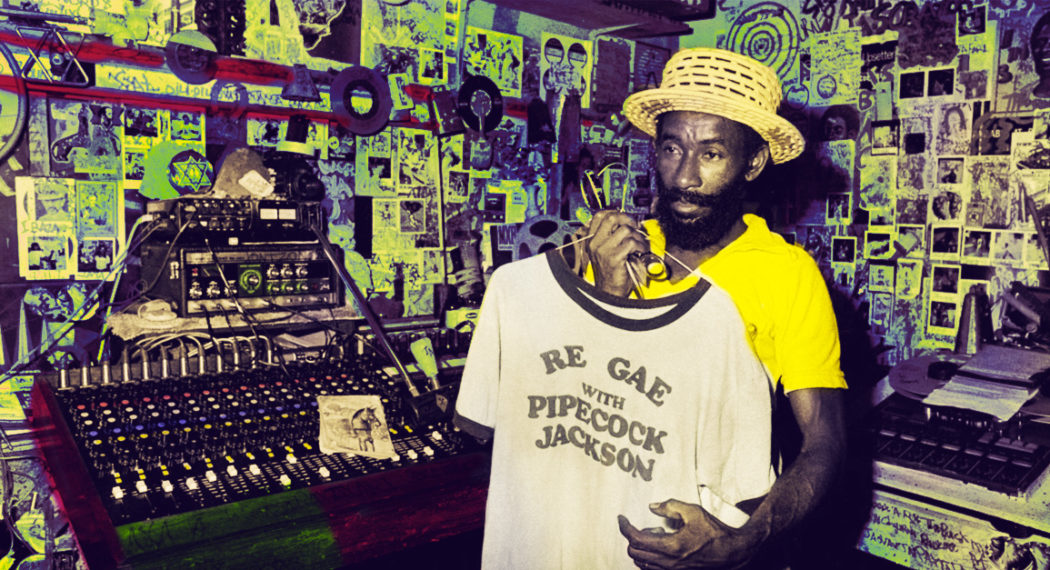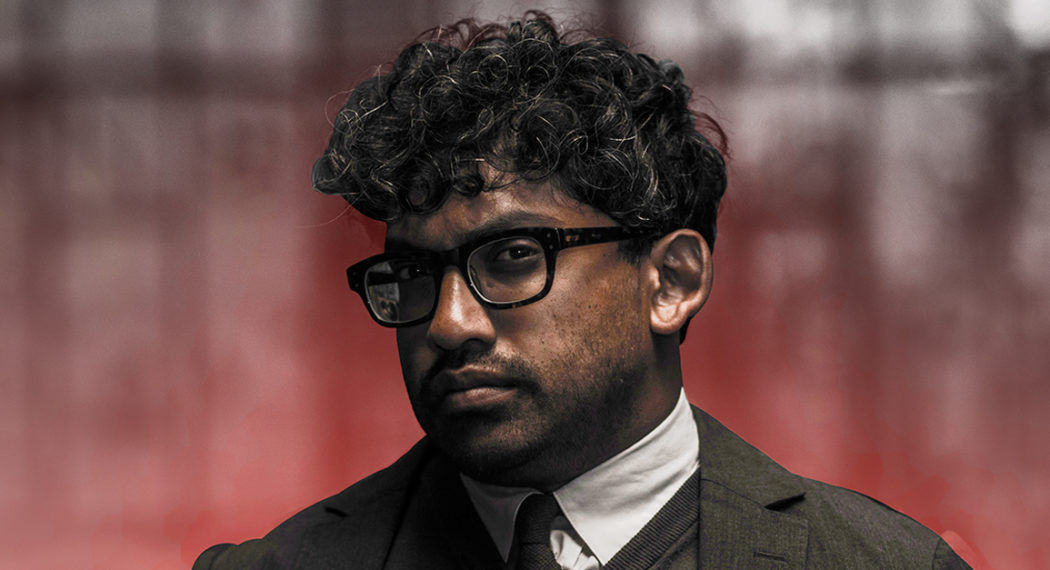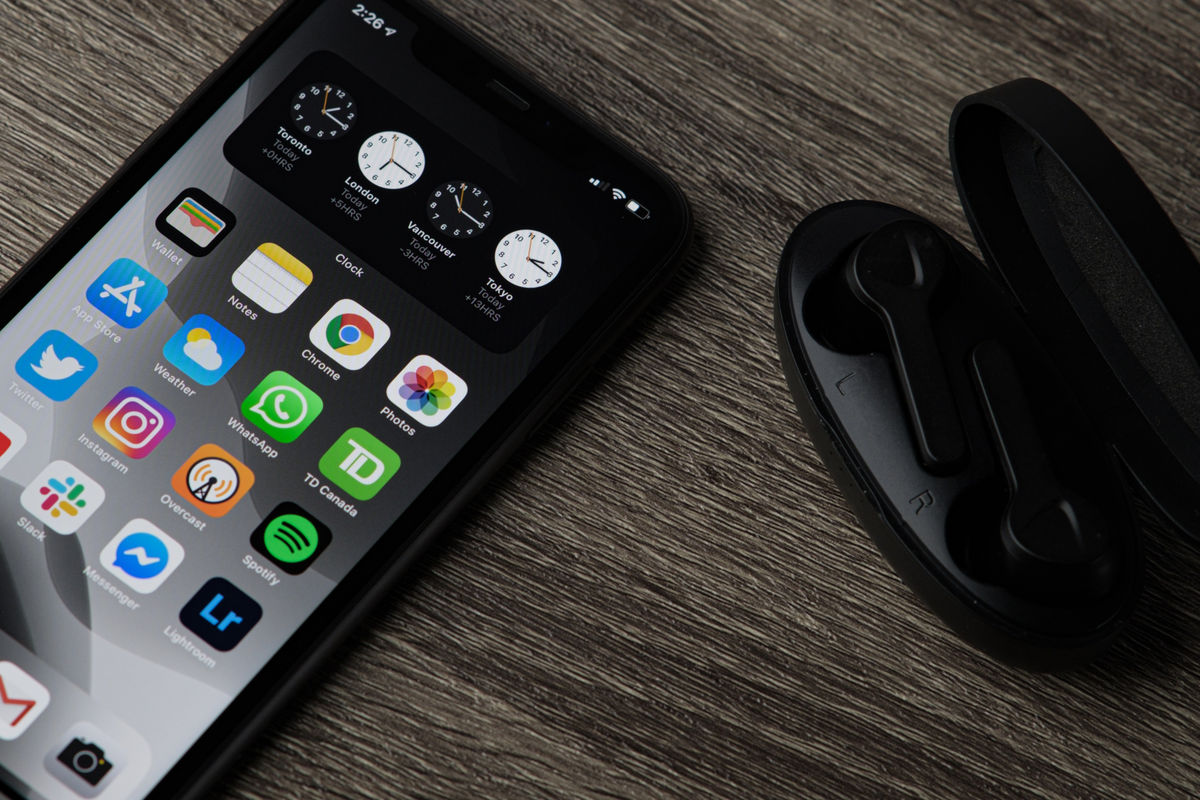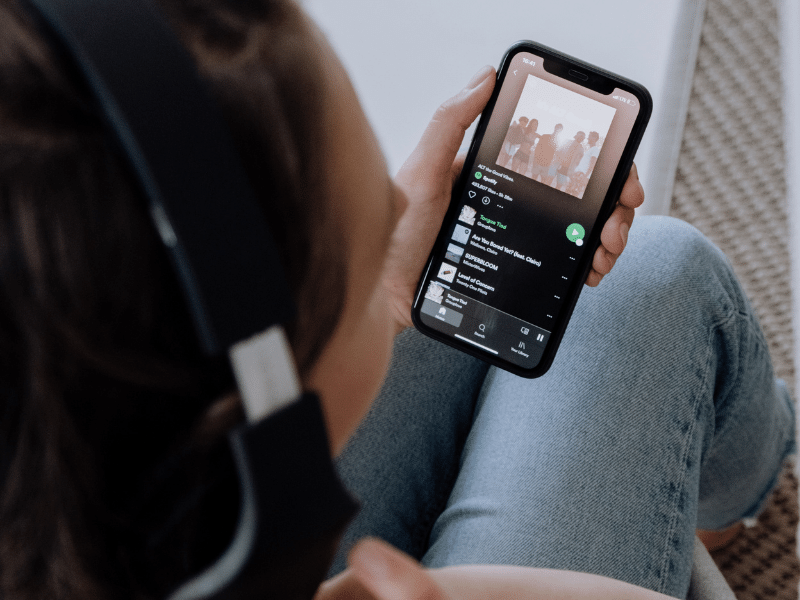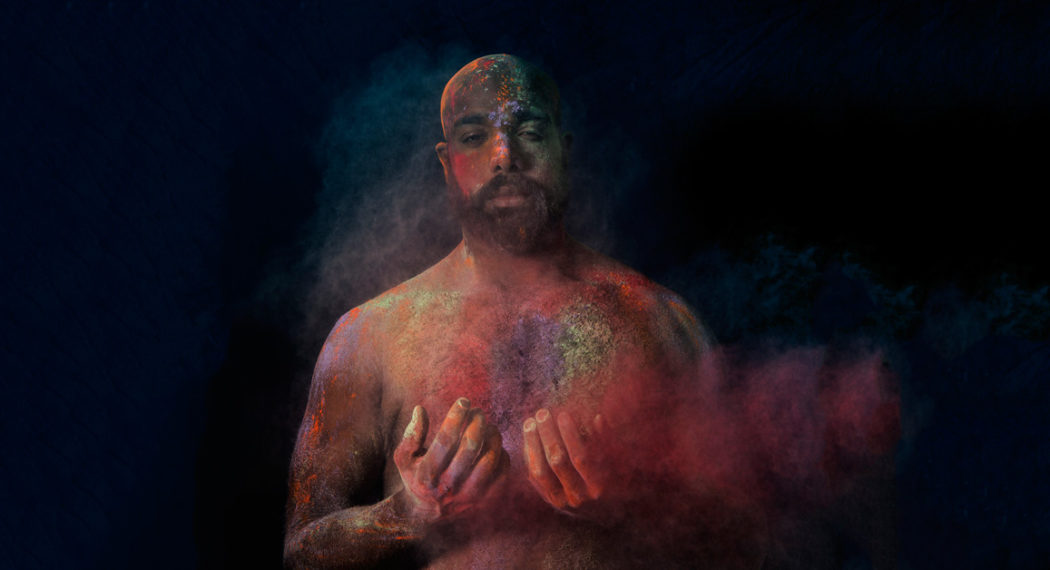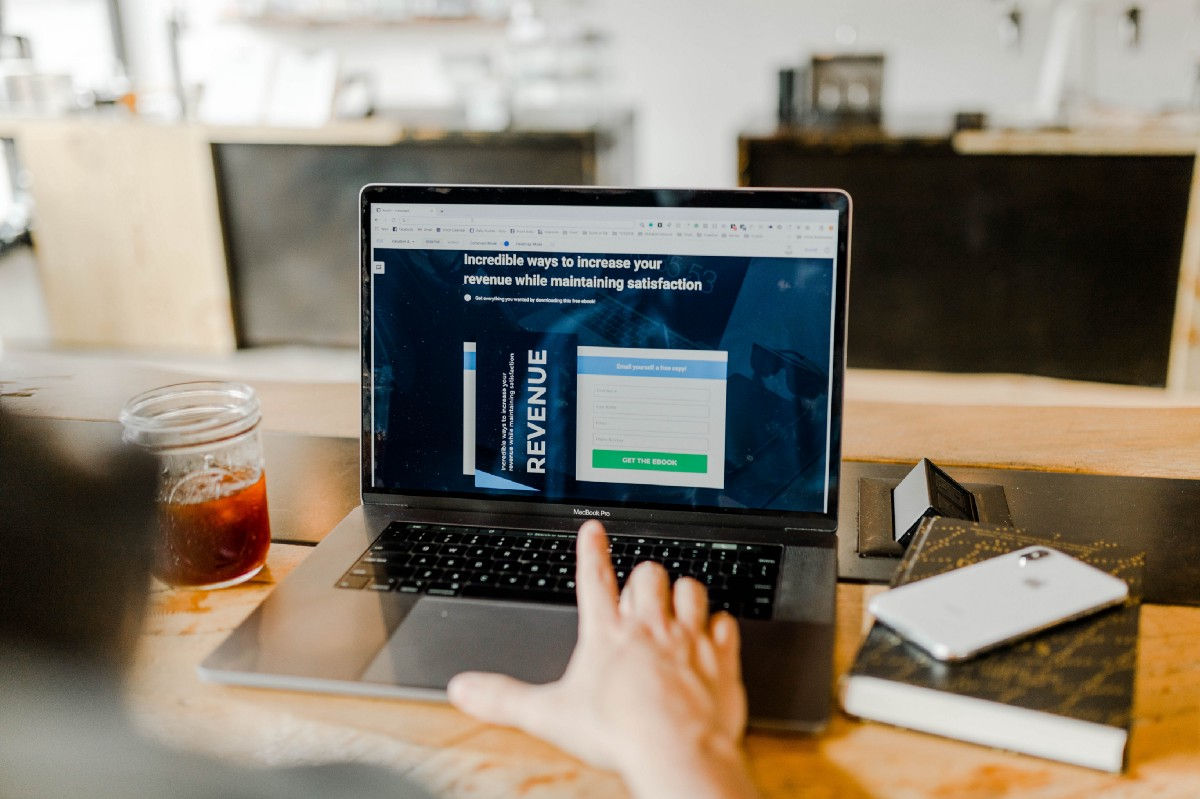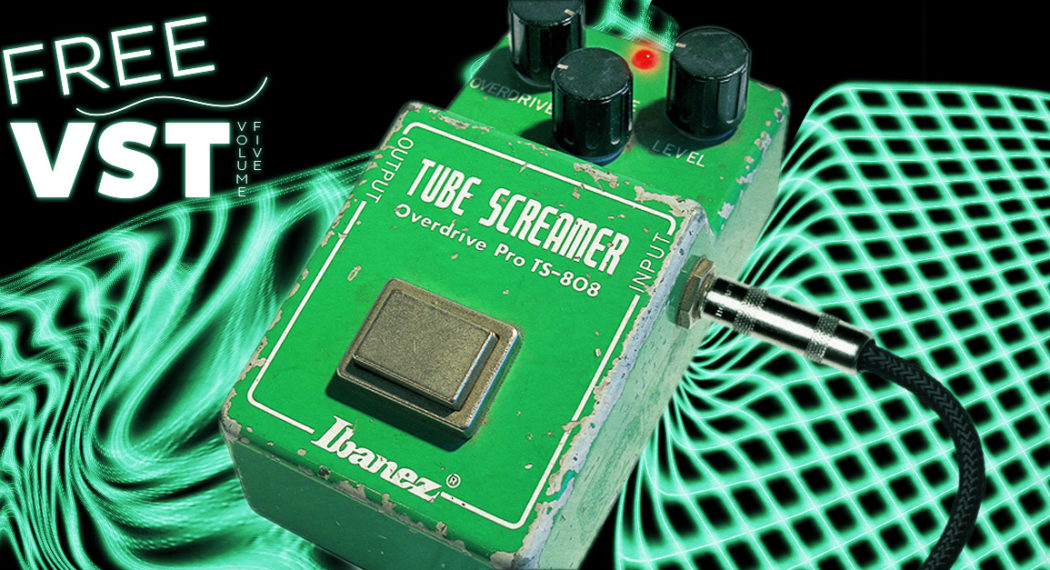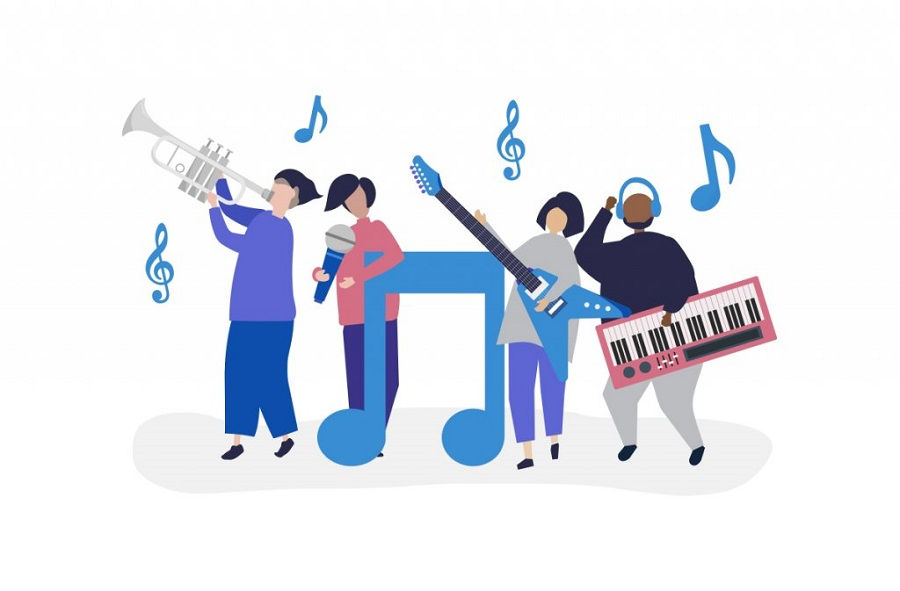Markus Reuter greeted me warmly at his studio in Berlin’s Kreuzberg neighbourhood. Entering the space, two things caught my eye.
On one side, a Moog Voyager next to an impressive collection of unique looking guitars. On the other, a selection of rack mount units and pedals—a musician’s dream.
Discovering that this is where Reuter works was no surprise of course, given his career as a prolific musician, composer, record producer and Touch Guitars® designer.
While in music school, a piano teacher introduced him to the music of King Crimson. Little did he know that a few years later, he would be studying guitar under the band’s guitarist Robert Fripp. Or that decades later, he would be playing with Tony Levin and Pat Mastelotto (former members of King Crimson) in the Crimson ProjeKCt.
Markus is a musician with a scientific curiosity, and a producer who approaches technical work with a highly artistic sensibility. His fascination with algorithms, feedback systems and dynamic processing naturally attracted him to Kami Records.
While in Germany, I had the chance to go deep with Reuter about his background, his unique guitar techniques, his approach to production, his favorite pedals, plugins and more.
How did you end up studying under Robert Fripp? And what did you learn from him?
I had heard some music by King Crimson and Robert Fripp, and it spoke to me. I went to a Robert Fripp and the League of Crafty Guitarists concert in Bielefeld in Germany in ’91. There were flyers on the tables for a Guitar Craft course. That was the school Fripp had for a long while—it only ended this year.
So I was in one of the first generations of those courses. I was 17 or 18, and I got lucky. He was a big guru for a lot of people back then already—I didn’t know who he was at first.
I learned a lot from him. Before I went to that course, I had talent but I’d never practiced my instrument. I’d never really paid any attention to the technical or the physical side of making music. And Robert very much taught me that. He taught me the physical aspect, but also the mental aspect of learning and remembering parts, as well as his approach to music.
What is Fripp’s approach to music?
It’s the first-take mentality—that’s maybe the short way to put it. You need to be prepared for when the creative impulse strikes and having practiced a lot.
It’s difficult to explain. In a musical performance or even in production work, you’re not focusing on the problem, but you’re focusing on the solution by practicing an exercise.
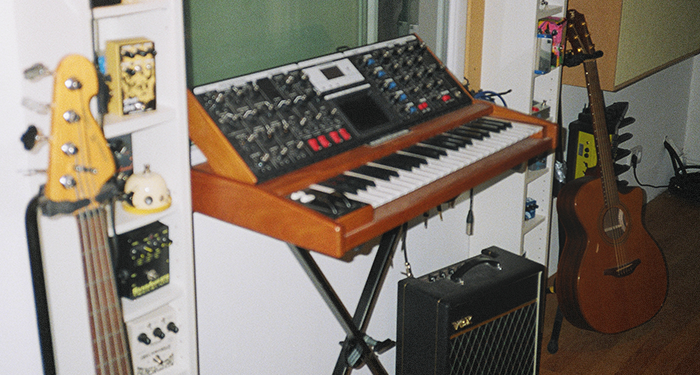
If you’re playing a solo on something, that’s the real spontaneous thing. And the more often you try to repeat that process in the recording studio, the more and more compressed the creativity or the output gets. And that’s factually true with drum performances. When drummers play, you can actually see that they get more and more even—which can be a good thing if you’re looking for a perfect performance. But if you’re looking for something inspired and with dynamics, then probably the very first performance is the best.
What is your philosophy for composition, production, and mixing?
That’s a really deep question! Making music the hard way—that’s my philosophy. This means that the initial material to work with can be generated very quickly and very easily. However, all the artistic decisions that have been made were very conscious.
For example, I was working with a pop-rock band from Berlin about 10 years ago, Skin Diary. They hardly had any transitions between sections, and they weren’t even aware of that. So we were in the rehearsal studio, and I got them to work on some transitions.
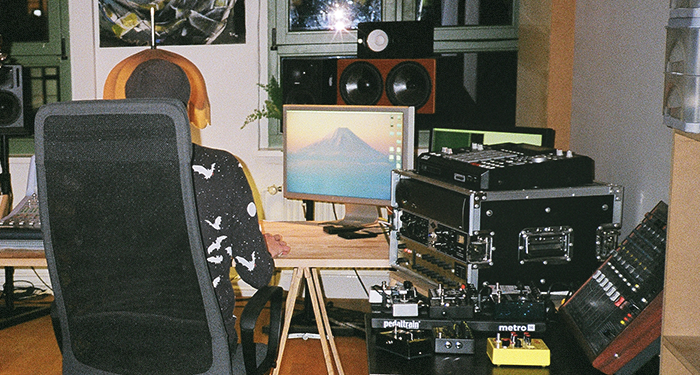
In the end, we dropped most of the transitions. However, by having the musicians work on these potential transitions, part A going into part B sounded completely different. And that’s what I mean by making music the hard way. It’s adding this layer of deconstruction and then reconstruction. It creates an end result that is charged differently—charged with “art”. It can actually speak to people, and reach people in ways that wouldn’t work if it just happened without any consideration.
When it comes to mixing, I very much have the musician and arranger’s hats on. A mix is an orchestration rather than just a technical thing—it’s more about creating. And a lot of production companies don’t do that, they “just mix”. But we’re taking everything apart. We have our collection of pedals, and we re-amp almost everything. We do it mostly in pairs, for example several guitars get re-amped together, so that we create the material that can sit in between what the artist actually delivered to us.
How did you get into guitar design?
That’s also related to Robert Fripp actually. In my first personal meeting with him, I mentioned that I had heard about the Chapman Stick that Tony Levin was playing in King Crimson back in the 80’s. He said he doesn’t know anything about it—but that if he would start all over as a young boy, he would wanna learn the Chapman Stick. That inspired me to try it.
But when I got it, the Chapman Stick actually didn’t work for me. I love the idea. But it didn’t feel like a musical instrument, more like an “invention.” And that’s the state it’s still at. That’s why I decided to build an instrument for that technique—and I wanted my instrument to be totally based in tradition. I built it with and designed it with a traditional guitar luthier.
The concept of having 10 strings on a board and the way the Stick looked inspired a different kind of thinking. Then I got the instrument, and I was totally shocked at how impossible it seemed to play it.
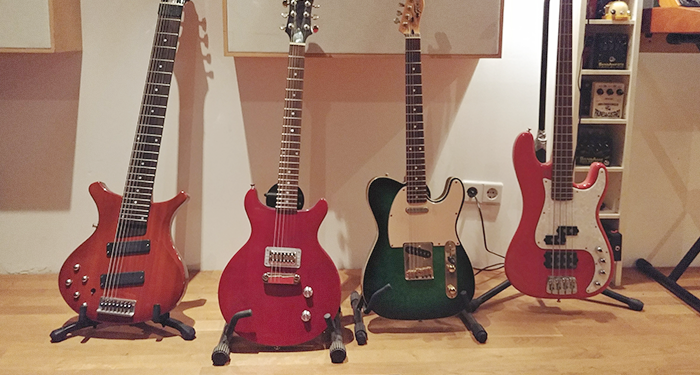
But that was a great thing for me because then I knew I had to either not do it, or I invest my whole life into it. So that’s how I was forced to developed my technique, and I developed the first ever real technique that has actually been formalized for the instrument. Then from the technique, I developed my instrument, the Touch Guitar U8 Deluxe.
The U8 was the first model that I came up with. And there’s also a simplified version, which has one pickup and just passive electronics. There’s a 10-string version, and now there’s also a semi-acoustic version, the AU8, which is the one that I’ve been using on the road for the last two and a half years.
What’s unique about the playing technique with Touch Guitars®?
There’s the so-called ‘tapping technique’ that people have been using. But I was interested in what I call “touchstyle-technique”—which means that you play one note with one finger. It’s not about pulling off or hammering on, it’s about using one finger to put energy into the string.
The challenge about this is that you only have one finger to produce the note, so the dynamics and all the expression have to just come from one finger. Whereas on a regular guitar, you just have to fret the note—you don’t have to consider how fast you’re putting the finger down. But here, the speed of the finger creates the dynamic level.
It’s very expressive, but also very hard. Because if you play one thing at 50 bpm, then you play it at 60 bpm, your technique has to change completely. The tempo, the speed or the velocity of the fingers has to change. A lot of stick players don’t have any dynamics because it’s so confusing.
The other important aspect is the end of the note. On a guitar or bass, it’s kind of obvious that you have to mute. On this instrument, people were never thinking about that, and were just taking the fingers off the strings.
Also with touchstyle instruments, you don’t really have a sense of position. On any normal guitar, you can just leave one hand there and just move across the strings. You never really get the same sense with a touchstyle instrument. You’re always moving, floating, and that requires a different strategy to playing scales, for example.
Those are really the main differences: you have to develop the different velocities to play the notes, and you have to be able to make a proper release of the note before you take the finger off the string.
What is your relationship to algorithmic composition and generative music?
My musical vision has always been based on generative ideas—and that can be simple rules.
For example, you can write chords on top of a chromatically descending bass line. That’s already ‘generated music’ in a way—you’re just making one rule and write around it. And you can basically scale this kind of approach to as big as you want it to be. It can be that one little rule or it can be many, many rules.
As a teenager, I would program my Atari ST computer to put MIDI data to a keyboard. The first experiments I did was translating ASCII code into MIDI data. I took a Lewis Carroll poem and hoped that it would sound good—it sounded absolutely terrible! Then I started to ask myself: “Why is that the case? Why doesn’t one structure easily translate into the other?” And the answer was very simple: the structure of the poem wasn’t a musical structure. It took me over 20 years after that to figure out how to ensure that an algorithmic process actually creates musical results.
Rather than taking one note as the smallest unit, I started taking intervals as the smallest unit. Just one note can’t be musical—but the relationship of one note to another, there you have musical information. And it took me a while to figure that out, and then I developed several algorithmic processes that I’m still exploring.
On my piece Todmorden 513, I used some traditional serial composition techniques. I have some more recursive structures that I’m working with—feedback on a data level. I also have feedback systems with loopers and I create music that way.
What are some effects and pedals you like to use?
I really like pedals. When you’re sending out the signal through a pedal and actually turning the knobs, it’s a very different feel and performance than just using the computer. It’s much easier to make a mistake, which is also invited!
And then you have to choose your pedals. We have a collection of octave pedals, fuzz pedals, wavetable distortion and delay pedals. The idea is always to think in terms of musical function. For example, if I have two instruments that don’t really blend well with each other, the answer is to create a third version—one that takes both—and balance them together. Then by just mixing that in with the other two, you’re creating a space for both to sit in.
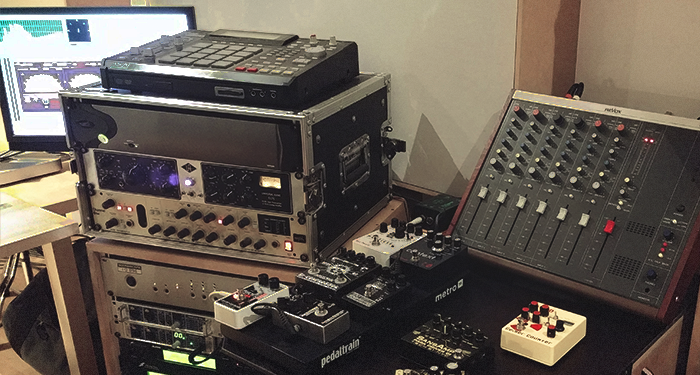
That could either be done using distortion or grain delay going into distortion. It can be anything really. The Alesis Quadraverb 2 too is an amazing thing. I think I bought it in ’95—it was the first ever digital effects unit that had blocks that you connect with virtual tech cables. And you could even do feedback within it. For this King Crimson test mix, we’ve used that to create some really complex spaces that you otherwise wouldn’t get.
So even back then, if I wanted to split a signal I would use a panning block rather than put the left out of the left channel and the right out of the right. I would put the left channel to delay A and put my right channel to delay B. And then I would set them to all the parameters to prime numbers. I’m crazy like that! Just to make sure it’s as complex as it gets. We’ve recently started reusing this.
What is your approach to music distribution?
It’s not always easy. I believe that the world of quantity we live in isn’t natural—it doesn’t really makes sense for our emotional health. Having a lot of fans doesn’t make a difference, it could be five or five million. What really counts is how you interact with the world.
Rather than thinking in a capitalistic way about art and music making, I think that the relationship is most important. The value of the relationship to the people that support you is important, and it doesn’t really matter anymore which medium you use to do that. I have my own curated online music outlet called iapetus store and I’m using a subscription model for my own music.
Most of the people that support me don’t even need anything from me, you know. They don’t need any product. They don’t need physical products anymore. I still love to give them physical product (CDs, etc) because sometimes some projects call for it—but it’s about the relationship. I even don’t call my fans, “fans.” I call them friends.
And it’s interesting to see that even though the numbers are not that important, you’re finding a way to still exist in the marketplace. That’s really the ideal situation—where you have a certain relationship with your subscribers so that they can support the things you want to do next year. Even if it’s just paying half of the rent.
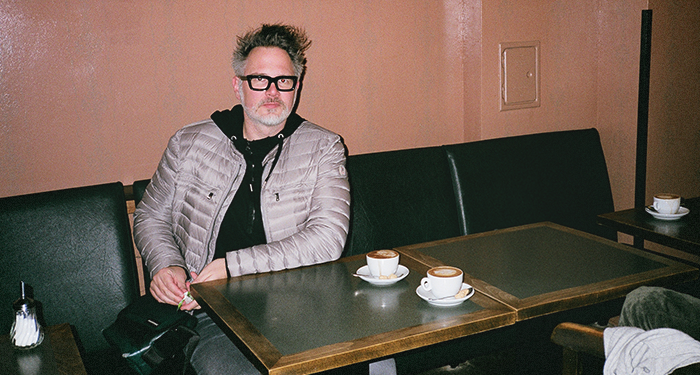
I used to do everything myself, but now there’s Leonardo Pavkovic of MoonJune Records, who supports me and Stick Men. He’s very much into using “old-fashioned” promotional tools like newsletters—he has about 25,000 email addresses.
He still sells CDs and box sets, and it works. Let’s say we only do 100 box sets—but on those 100 box sets, we make more money than we would ever make on 25,000 CDs.
I think it’s a beautiful thing that nowadays, quantity doesn’t really count that much anymore. The media is still trying to sell us that it’s important, but it’s not really that important.
Some of your collaborations started through Facebook. How do you approach social media?
It’s really an ongoing experiment. Those platforms also change all the time—so it’s not like there’s one approach that works all the time.
Being authentic is always a good thing, especially on social media. So if something is very present in my mind, I share it.
Being authentic is always a good thing, especially on social media. So if something is very present in my mind, I share it. That has turned out to be a good way of connecting with people. I met some of my best friends on MySpace back then.
Todmorden 513 already existed as a chamber version at first. Thomas Blomster had seen me on stage with the Crimson ProjeKCt. One day I asked on Facebook “Would anybody here like to orchestrate this piece with me?” And he said yes. I wouldn’t have expected a real thing to come out of it, but it did—and it does quite often now.
What are three music technologies that are exciting to you right now?
Kami Records for one! I’ve been using it since it was launched—so it’s been like three years now. One of the first albums I put out in 2014 was a live release. For that kind of stuff, I use Kami Records most of the time. Benni—my collaborator—was really surprised how well it works. On smaller mixing projects, I use Kami Records all the time because there’s no way I could use somebody else to do the mastering then. And I release a lot of music. I also produce a lot just in the laptop, at home with headphones.
Once you understand how Kami Records responds to mixes, it’s great and I can use it as a reference. I can’t change any parameters on the engine, but I can see what it does to the bass for example and then turn the bass up in my mix and balance it out. That’s how I’m working. And these days, I already know what I have to do without thinking about it.
Even on these sessions, I’m actually mastering through with Kami Records before sending them off to anybody else—it’s like getting a second opinion. And also because it’s truer to what it’s gonna be in the end.
Second, there’s a wonderful plug-in called Soothe by Oeksound, a Finnish company. It’s unbelievable. It’s a plugin that uses artificial intelligence—it analyzes the signal, and this informs the settings of the plug-in. It’s fascinating to me because that’s a feedback process.
This Soothe plug-in notches out frequencies that are too loud across the whole spectrum. And you can define where you want it to do that. You can also take the whole spectrum and crank it up. It’s amazing as a creative tool because you can get rid of all the resonances. It’s also nice to discover new sounds. For the music production process, it’s something that helps you to clean up a signal but not in a static way—it’s a dynamic process just like Kami Records mastering. And that’s really the big difference.
Another plug-in that I really enjoy using is called the PITCHMAP, by a German company called zynaptiq. It’s a spectral detuning or pitch-correction tool. So you could decide that for the whole spectrum, you’ll tune all the G-Sharp to G—this lets you do that.
Imagine using PITCHMAP in a feedback circuit—like what I’m doing with my looping. You can create ever-evolving, self-retuning, ambient stuff. And I use that all the time. Ten years ago, this kind of thing could not be done.
So I’m always looking for these strange little twists. Processing power has gotten so fast that it’s actually, amazing. These things will only get better.

